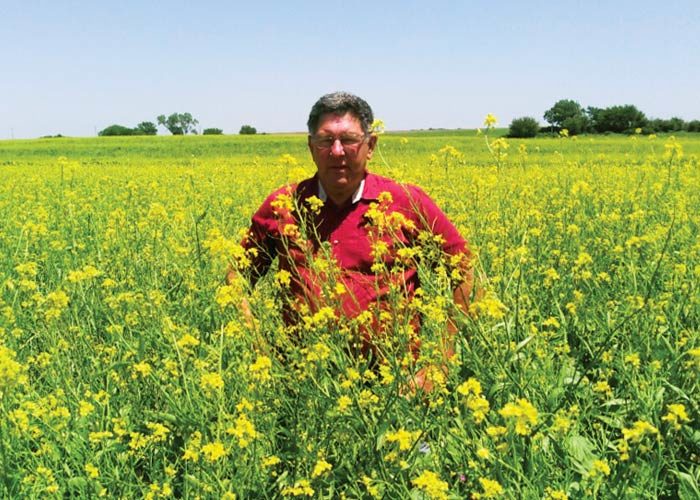No-Till Farmer
Get full access NOW to the most comprehensive, powerful and easy-to-use online resource for no-tillage practices. Just one good idea will pay for your subscription hundreds of times over.

One thing that discourages some no-tillers from adopting cover crops is a concern they won’t bring an immediate payoff.
But if growers think about their goals, do some careful planning and commit to regular soil testing, John Stigge believes cover crops can pay off the first year.
Stigge has been seeding cover crops for 27 years but can still remember working through mistakes and hard lessons in choosing which varieties and mixes work best for his operation.
“Cover crops have opened up doors that I never knew existed and helped me develop a whole new way of looking at agriculture,” says Stigge, who no-tills corn, soybeans, wheat, oats, milo and raises livestock on 2,000 acres near Washington, Kan.
“It’s brought us positive incomes in these years when grain cannot, and I’ve found grazing covers accelerates soil microbiology big time. Soil-organic matter levels are doubling and tripling on our farm. And most of that’s come with just in the last few years since we’ve kind of figured things out.”
Stigge adds that he’s lowered production costs, with yearly soil tests indicating that he needs no additional phosphorus (P), potassium (K) or sulfur.
Stigge says three main species of cover crops — brassicas, legumes and grasses — work synergistically to support soil biology and provide nutrients to cash crops.
“We try to keep the working conditions for our soil laborers as warm as possible in the winter and as cool as possible in the summer time,” he says.
…